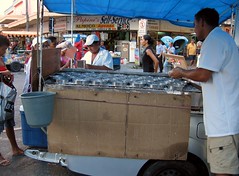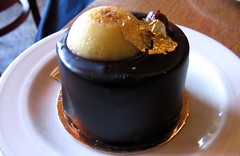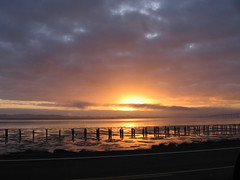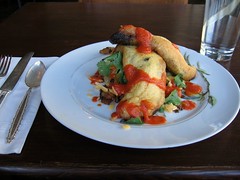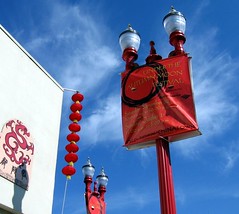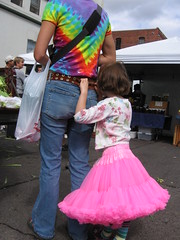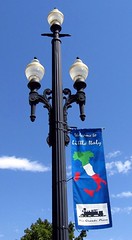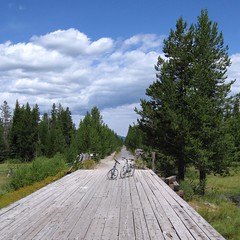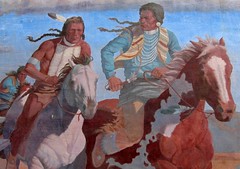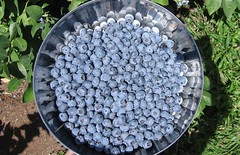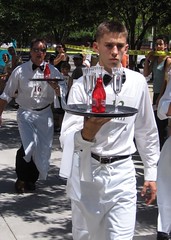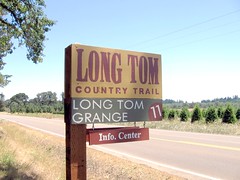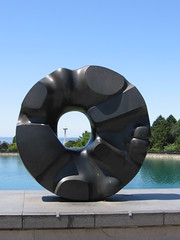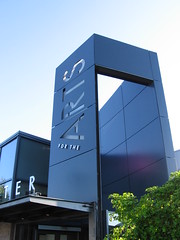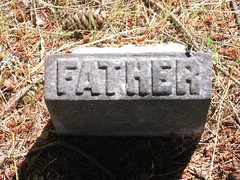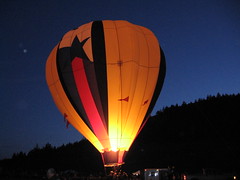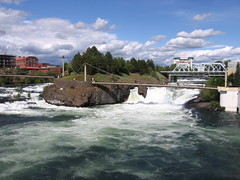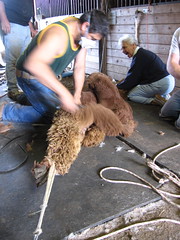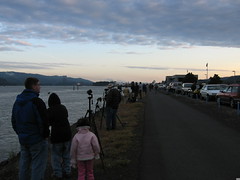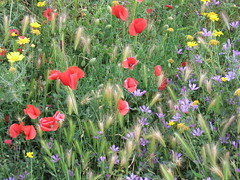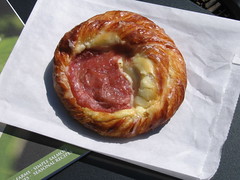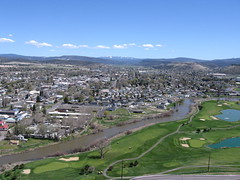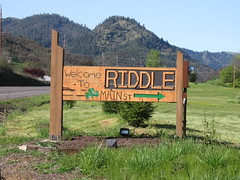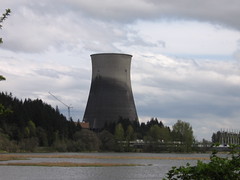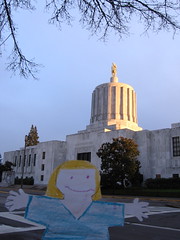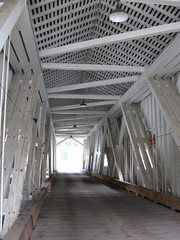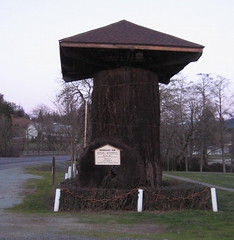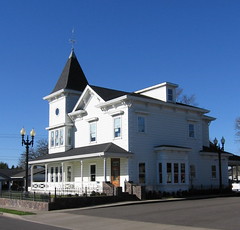7 November 2006
I’ve always felt that the best gauge of the true pulse of a city is to wander the streets during one of the day’s busiest times. While the tour group perused the gift shops at Casa Cultural for a little souvenir shopping, I slipped outside for a brisk walk through the teeming side streets of the central market district in Recife.The call of the vendors, the clap of the hands to signal a potential customer, the stalls of leather belts and sandals, pyramids of fruit stacked at the ready, and the smell of street food such as grilled meat or tapioca omelets create the seamless ebb and flow of daily living. You can purchase most of your household necessities within a radius of only four or five blocks.

Throngs of pedestrians crossing the bridge as the work day ends are treated to a serenade by a local folk duo who has positioned themselves at the bridge entrance. Some stop to listen, to shuffle a few dance steps with a partner, or to drop a few coins before continuing on to complete the evening shopping on the way home. There is a sense of purpose in their stride, and yet an air of leisure as the people of the city begin to unwind from the cares and worries of the day.

